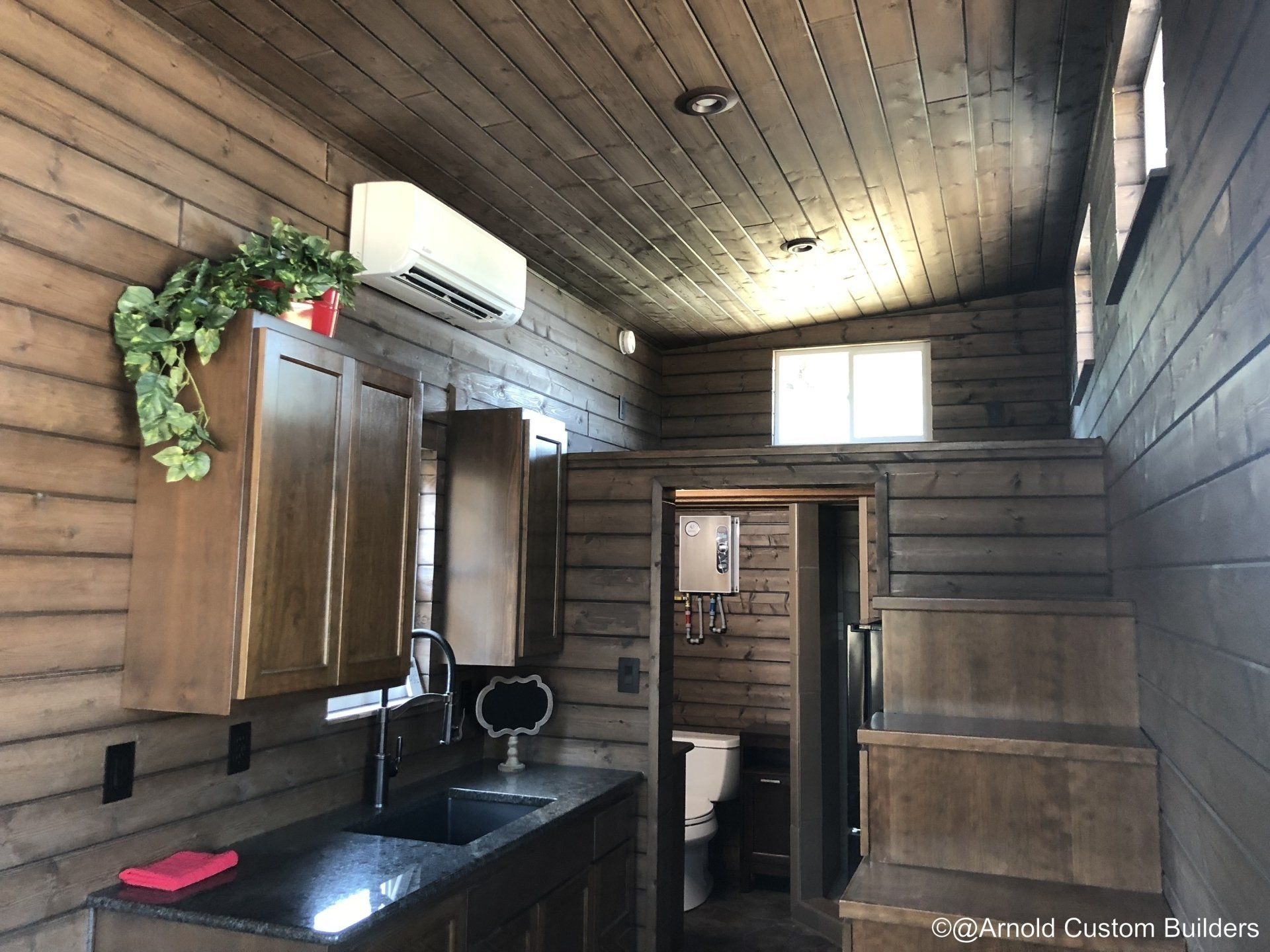10 Foundation Maintenance Tips
Most foundation problems can be prevented with proper foundation maintenance. To prevent more significant and more expensive issues, you need to regularly inspect your foundation. This list will help you learn how to properly maintain your foundation.

1. Perform regular foundation inspections
To catch problems early, you need to perform regular inspections. At least twice a year, walk around the home's perimeter and look for cracks or potential signs of water damage. The interior should also be inspected for cracks in the walls or ceiling, doors that don’t close properly, or windows that are out of line. These can indicate a shift in the foundation.
2. Install root barrier
If there are large trees on or near your property, you should consider protecting against root penetration. Large tree roots grow at least three times the length of their canopy radius. A root barrier helps to protect against this and is made of metal, plastic, or thick rubber that is installed around your foundation and goes at least three feet down.
3. Keep your gutters and downspouts clear
When gutters are full of leaves and other debris, they can no longer do their job correctly, causing water to pool around your home. Cleaning your gutters should be a regular part of overall maintenance.
4. Level the slope around your home
The ground around your home should slope away from your house, not toward it. Leveling the slope can be done by adding fill dirt to the low side of your house and grading it to slope away from the home. The slope should, at a minimum, be 6 inches for every 10 feet.
5. Maintain trees on your property
Trees can also pull moisture from the soil, which can dry out the areas around your foundation. If you are considering planting new trees, you should consider the size it may grow and where to plant it. Planting anything too close to your home could potentially cause foundation issues further down the road.
6. Maintain consistent moisture levels
Cracks can be caused by the soil around your home being too dry. When the soil is too wet, it can push against your foundation and cause cracking. Keeping a consistent moisture level in the soil helps to avoid both. You can implement a water control system one of two ways: installing an underground foundation watering system or utilizing an automatic sprinkler system. Installing a rock bed can also help make sure moisture reaches the foundation instead of the soil.
* Note - many owners plant beautiful flower beds in the front, and the back is left neglected. Think about the sponge on your sink, how it swells when one side gets moist, and the other is flat. This is what your home will do if moisture is trapped in the flower beds and not consistent around the house.
7. Don’t plant too close
Consider planting anything sturdy, i.e., a bush or shrub at least two feet from the foundation's edge. This ensures that both the roots and drainage from watering go where it’s supposed to.
8. Repair known plumbing issues
The most significant problem is a leak that releases water into the ground, potentially softening it beyond optimal moistness.
9. Have a sound drainage system
One leading cause of foundation problems is poor drainage. Water can cause the soil to expand and put pressure on your foundation. Your foundation can be lifted or moved due to water around it; this is known as foundation upheaval.
You can protect your home by installing gutters and downspouts, which should guide water at least 5 to 10 feet away from your foundation and flow into the yard away from your home.
10. Thermostat and vacations
Temperature can also affect your foundation, especially the temperature inside your home. Don’t just turn off the thermostat when going on vacation, leave it on a low setting to ensure your home doesn’t go above 90 F or below 60 F.








